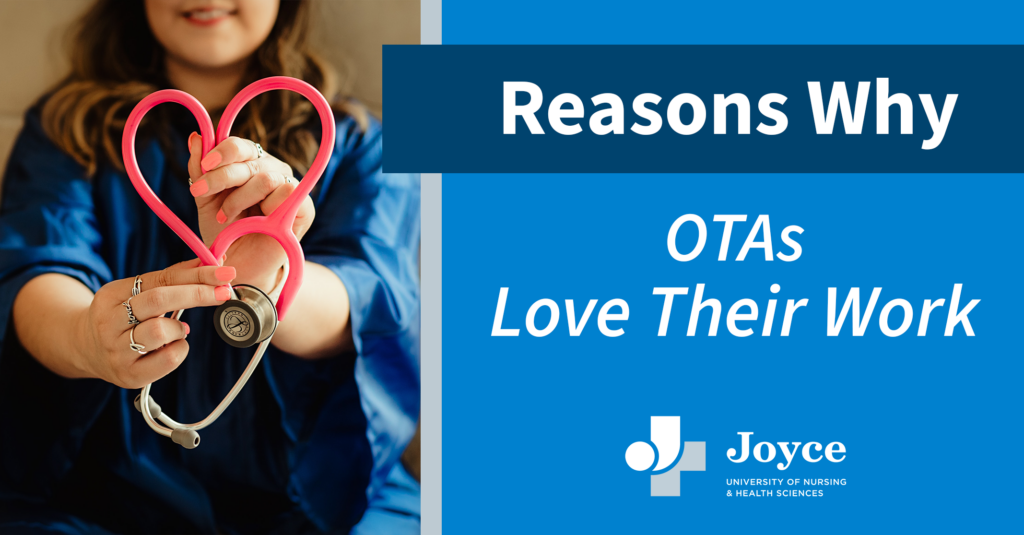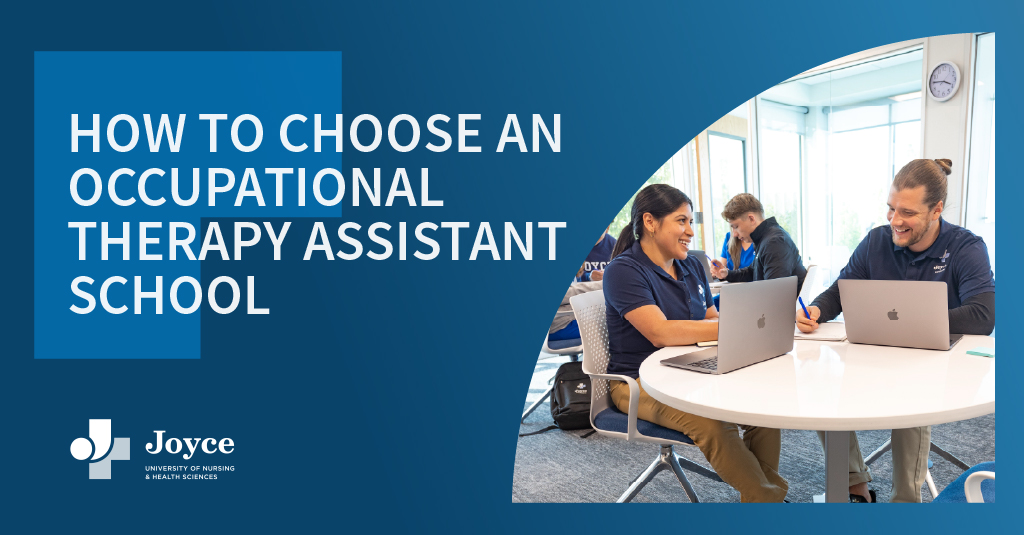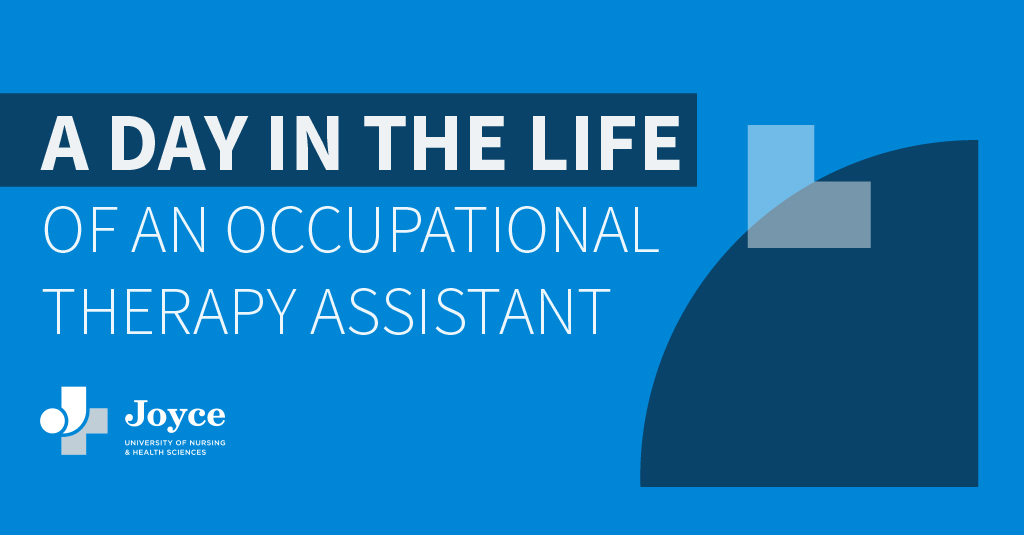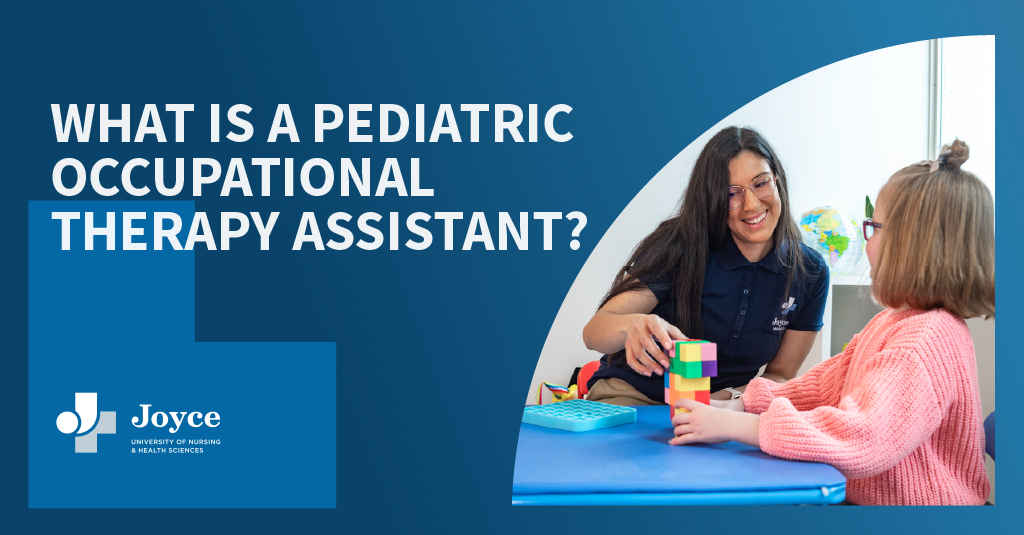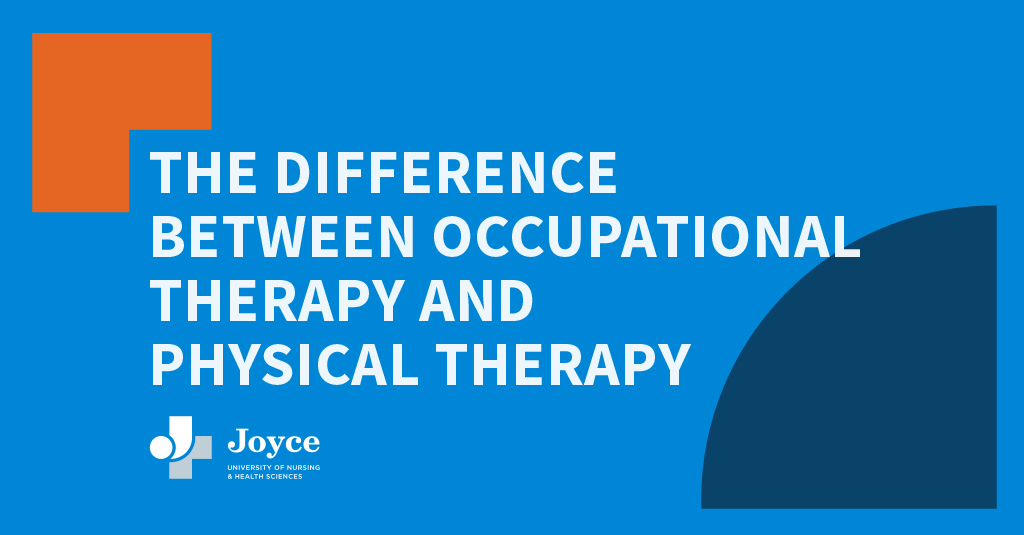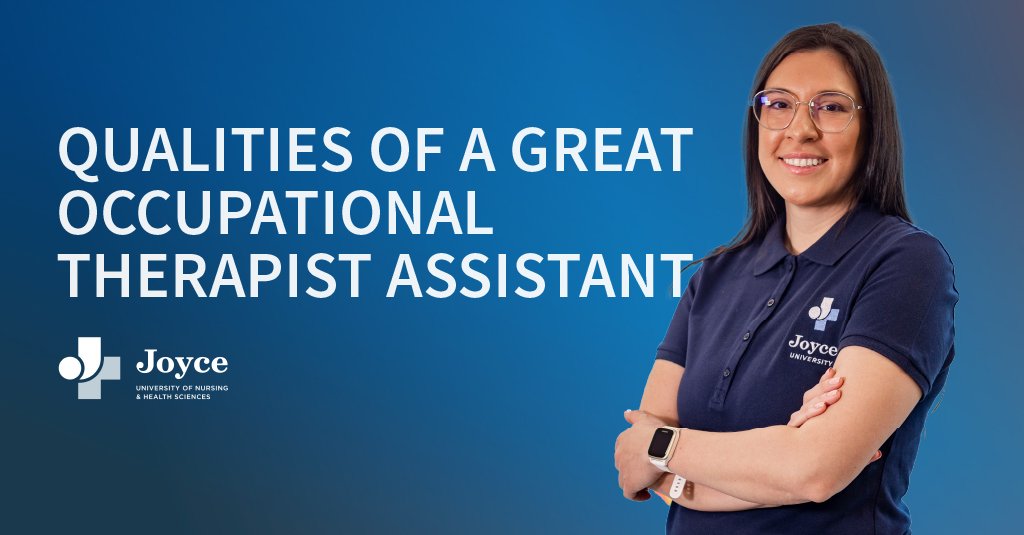How to Become a Certified Occupational Therapy Assistant in 3 Steps
Staff WriterApr 26, 2022
If you’re looking for a career path that allows you to make a living by helping others, becoming a certified occupational therapy assistant (OTA) could be an ideal fit for you. Operating in a variety of settings, OTAs are healthcare professionals who work with clients of all ages and backgrounds to implement the hands-on treatment plans that are developed by occupational therapists. By helping clients manage and treat physical, cognitive, and sensory injuries and disabilities, OTAs can help people gain (or regain) proficiency with daily activities and achieve greater levels of independence.
Why Become a Certified Occupational Therapy Assistant?
Offering great wages and high levels of job satisfaction without requiring an advanced degree, becoming an OTA is a great—and relatively short— track to well-paid, in-demand, and rewarding work within the healthcare field. According to the U.S. Bureau of Labor Statistics, job growth for OTAs projected to increase by 33% from 2018 to 2028, compared to just 5% for all other professions. It’s also some of the best-paying work you can get with an associate degree. As of May 2018, the median annual wage for occupational therapy assistants was $60,220, with top earners bringing home more than $80,980 a year.
When you combine impressive job growth and pay with the opportunity to do meaningful work, it’s no surprise that many are choosing to pursue this exciting career track. But what does it take to actually become a certified occupational therapy assistant? Read on to learn more about the three crucial steps on the journey to becoming a professional OTA.
Related Resources:
What Does an Occupational Therapy Assistant Do?
A Day in the Life of an Occupational Therapy Assistant
Step 1: Choose the Right OTA Program for You
If you’re interested in pursuing a career as an OTA, the first step is to find a program that fits your needs and will give you the best foundation for your future work. The following checklist will help you identify and compare the key factors to keep in mind when considering your options, and empower you to make the most informed choice when it comes to your OTA education.
Is the program accredited?
The best OTA programs have been accredited by a nationally-recognized accrediting agency listed by the U.S. Department of Education. These accreditations ensure that the program you enroll in meets certain quality requirements. Beyond ensuring that you receive a quality education, certain types of financial aid are only available to those attending accredited institutions and if you choose to transfer to another school, you are much more likely to receive credit for courses taken as part of an accredited program. Taking an accredited OTA program also qualifies you to sit for the NBCOT licensing exam, so you can become a Certified Occupational Therapy Assistant upon graduating.
We’re proud that Joyce’s OTA program is one of only two programs in the state of Utah has been granted programmatic accreditation by the Accreditation Council for Occupational Therapy Education (ACOTE), an arm of the American Occupational Therapy Association (AOTA). ACOTE® is recognized as the accrediting agency for occupational therapy education by both the United States Department of Education (USDE) and the Council for Higher Education Accreditation (CHEA). Joyce is also institutionally accredited by the Northwest Commission on Colleges and Universities (NWCCU).
How long is the program?
Standard OTA programs consist of 2-4 years of study, but accelerated programs can be slightly quicker—helping you enter the workforce faster.
At Joyce, our accelerated OTA program can be completed in as little as 20 months (5 semesters), including 16 weeks of fieldwork to help you better hone your skills, test what you’ve learned, and ensure that you’re ready to join the workforce when you graduate.
What are the total program costs?
The cost of OTA programs can vary wildly, so it’s important to do your research. When comparing the costs of different programs, make sure to consider the total cost of completing your studies. Beyond tuition, you should plan on factoring in things like the cost of books, any additional fees, certification costs, exam prep courses (if not provided by your program), commuting expenses, and time spent out of the workforce.
At Joyce, we like to keep things simple for our OTA students. The total cost of our program is fixed, which includes tuition plus, all books and fees. We also offer great financial aid options to those who qualify, so be sure to talk to an Admissions Counselor to see if you’re eligible for tuition assistance.
What is the program format (on-campus, online, or hybrid)?
OTA programs are typically conducted in the classroom, online, or through a hybrid program that offers a combination of in-person and online learning. When deciding which program type to choose, consider your schedule, your learning style, and your personal needs and preferences. Do you learn better in a hands-on environment? Would you benefit from more one-on-one attention from your instructors and more professional networking opportunities? If so, an on-campus program may be your best bet. But if you would benefit from more flexibility in your schedule, online courses can help you fit an education more easily into your existing lifestyle.
At Joyce, we offer a hybrid program that gives you the best of both worlds—with some classes held in-person and some taken online for your convenience. All in-person classes take place at our Draper campus where you’ll learn in life-like lab environments from highly experienced faculty members. We also keep our OTA class sizes small, so that our students can build relationships with their teachers and get the personal attention they need to succeed in school and their future careers.
Does the program include work experience in the field?
In order to be eligible for the OTA certification exam, you must complete at least 16 weeks of hands-on fieldwork. This will prepare you to enter the workforce with the confidence and skills that can only be gained through experience, as well as help you build your professional network while still in school. It can help you explore settings where you might want to work after graduating, and even help you get your foot in the door.
Joyce embeds this experience into our curriculum, with our OTA students completing 16 weeks (or 12 credit hours) of Level-II clinical fieldwork in their final semester before sitting for their certification exam.
Does the program include NBCOT exam prep?
If you look for a school that offers NBCOT certification exam prep as part of their curriculum, you can ensure that you’ll be fully equipped to pass your exam the first time. You should also check to see if your school’s NBCOT exam pass rates are posted online and if not, be sure to ask an Admissions Counselor what they are.
At Joyce, tuition includes a NBCOT exam prep course to help increase your chances of passing. In 2018, 100% of Joyce’s OTA students passed the NBCOT exam, compared to the national average of just 62.2%.
Does the program include job placement assistance?
If you want help figuring out the next steps after graduation, you’ll want to look for a school that offers job placement assistance as part of their OTA program. Some schools even offer lifetime job placement assistance to former students, which means you’ll always have a place to turn when you’re looking for your next job.
At Joyce, we offer dedicated career services to help our graduates locate new job opportunities and transition successfully from students to working professionals, as well as graduate advising services to help students who wish to pursue advanced degrees.
Related Resource: Occupational Therapy Assistant Schools: 9 Things to Consider
Step 2: Get Certified & Licensed
All OTAs must be certified and licensed before they can start work in the field. So, after you’ve selected a school and completed your program, the next step is to take the National Board for Certification in Occupational Therapy (NBCOT) exam. This is the certification exam that every prospective OTA must pass after completing an accredited associate degree program and before submitting for licensing. Once you pass this exam, you can submit for state licensure and become a full-fledged certified Occupational Therapy Assistant (COTA).
Just remember that in order to be eligible for the NBCOT exam, you must have a degree from an ACOTE-accredited OTA program (like Joyce’s) and will be required to submit your transcripts when you apply to take the test. Once you receive authorization to sit for the exam, you will be able to schedule your test date.
It’s critical to put in adequate time to study for the NBCOT exam, especially if your school doesn’t offer exam prep as part of their OTA program curriculum. Be sure to take advantage of any resources that your program offers, and check out the study tools available for purchase through the National Board for Certification in Occupational Therapy.
Step 3: Start Your Job Hunt
Once you’ve completed your courses and fieldwork, passed your NBCOT certification exam with flying colors, and been licensed by your state as an occupational therapy assistant, you can officially begin your job hunt. This is where a school’s career services can come in handy, especially if you’re not sure where to start. Reputable schools tend to have a strong network within their local healthcare community, with former students working at all of the major medical facilities in the area. Some of these former students may even be in a position to hire you. This is also where some of those additional certifications offered by certain OTA programs can help your job prospects as well.
If your school does not offer job placement assistance, remember that as a certified occupational therapy assistant, you are qualified to work in a wide variety of healthcare settings. In addition to hospitals and skilled nursing facilities, you’ll also be qualified to work in rehabilitation facilities, schools, outpatient clinics, in-home programs, and more. So, be sure widen your search accordingly.
Past Joyce OTA graduates have gone on to work with major employers like the Central Valley Medical Center, Advanced Healthcare of St. George, the Alpine School District, and many more top-notch workplaces throughout the state of Utah.
Related Resources:
Where Do Occupational Therapy Assistants Work?
What Does an Occupational Therapy Assistant Make?
Conclusion
Regardless of what program you choose, becoming an occupational therapy assistant could be your ticket to a satisfying and rewarding long-term career. If helping others comes naturally to you, working as an OTA can provide the opportunity to make a positive impact on your clients’ lives and their treatment outcomes. Plus, it offers great wages, impressive job growth, and high job satisfaction rates—all without the need for an advanced degree.
While our OTA program offers an excellent pathway into healthcare, Joyce University also provides multiple nursing education options. Whether you’re starting with our ASN program, pursuing a traditional BSN degree or accelerated BSN program, advancing through our RN to BSN program, or reaching higher with an MSN degree, discover which healthcare pathway aligns with your career goals by exploring our program pages.
If the OTA career path sounds like a great fit for you, check out Joyce’s accelerated, accredited OTA program. You’ll gain the hands-on training you need to excel in the field and earn your Associate degree in Occupational Therapy Assisting in just 20 months.
Nursing
Learn MoreAdmissions
Learn MoreApply Now
Request Info
